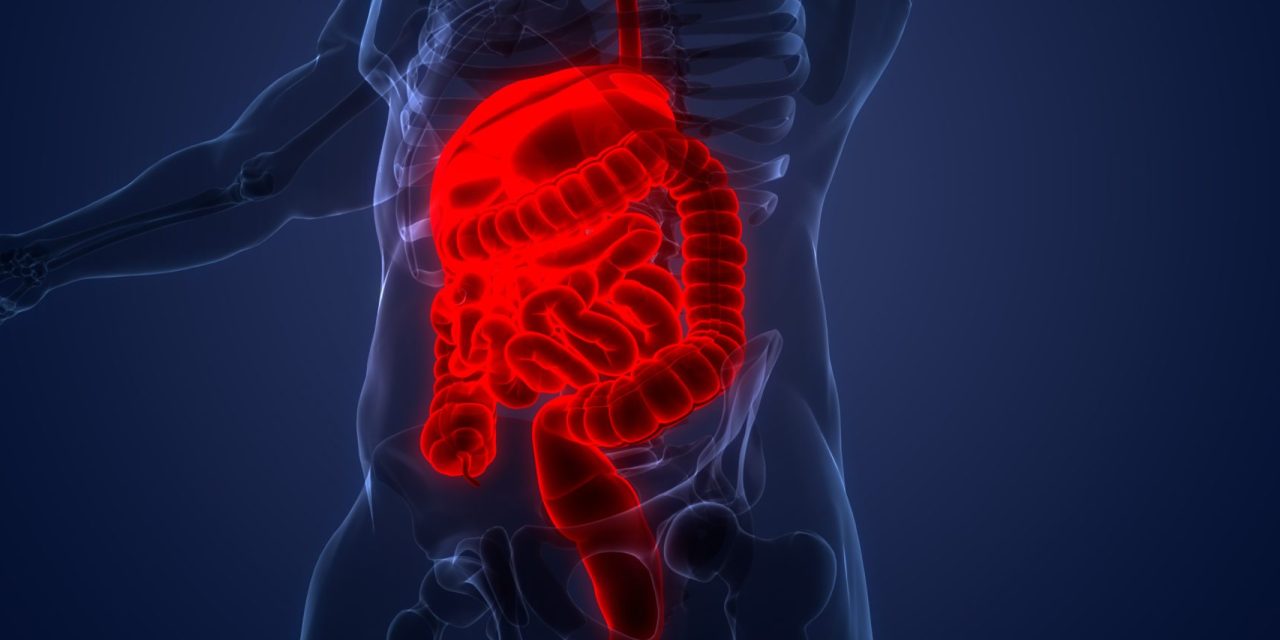
Infection rates often spike between July and October so physicians are likely to continue to see patients surfacing with symptoms over the next couple of months. People who could become extremely ill — especially if they are not on antibiotics — include infants, the elderly, and those with weakened immune systems. The most common symptoms are gastronintestinal such as diarrhea. Other symptoms include nausea, fever, vomiting, and muscle pains, beginning 12 to 72 hours following the consumption of contaminated food.
Physicians should continue to encourage their patients to take the proper precautions in reducing the risk of salmonella infection. The CDC recommends buying only refrigerated eggs; keeping eggs refrigerated; discarding cracked or dirty eggs; washing anything that comes into contact with raw eggs; avoiding foods with raw eggs; and cooking food containing eggs to an internal temperature of 160° F.


